Accessibility will have a new face at the Olympic and Paralympic Village in Greater Paris.
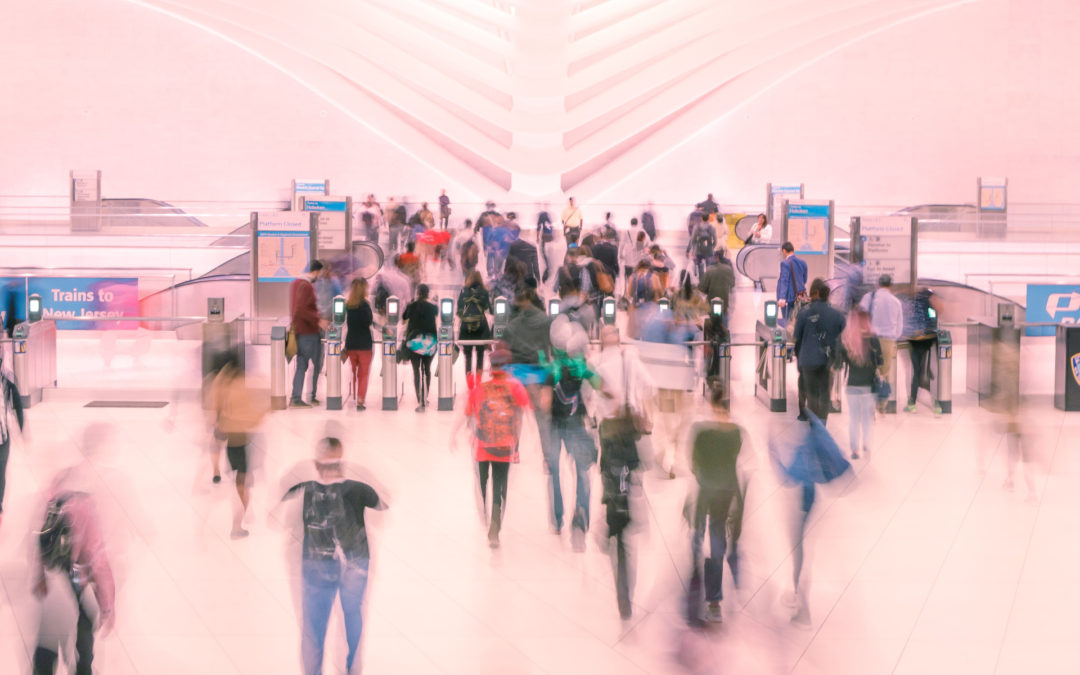
How to Guarantee a Seamless Mobility Chain to Users with Disabilities?
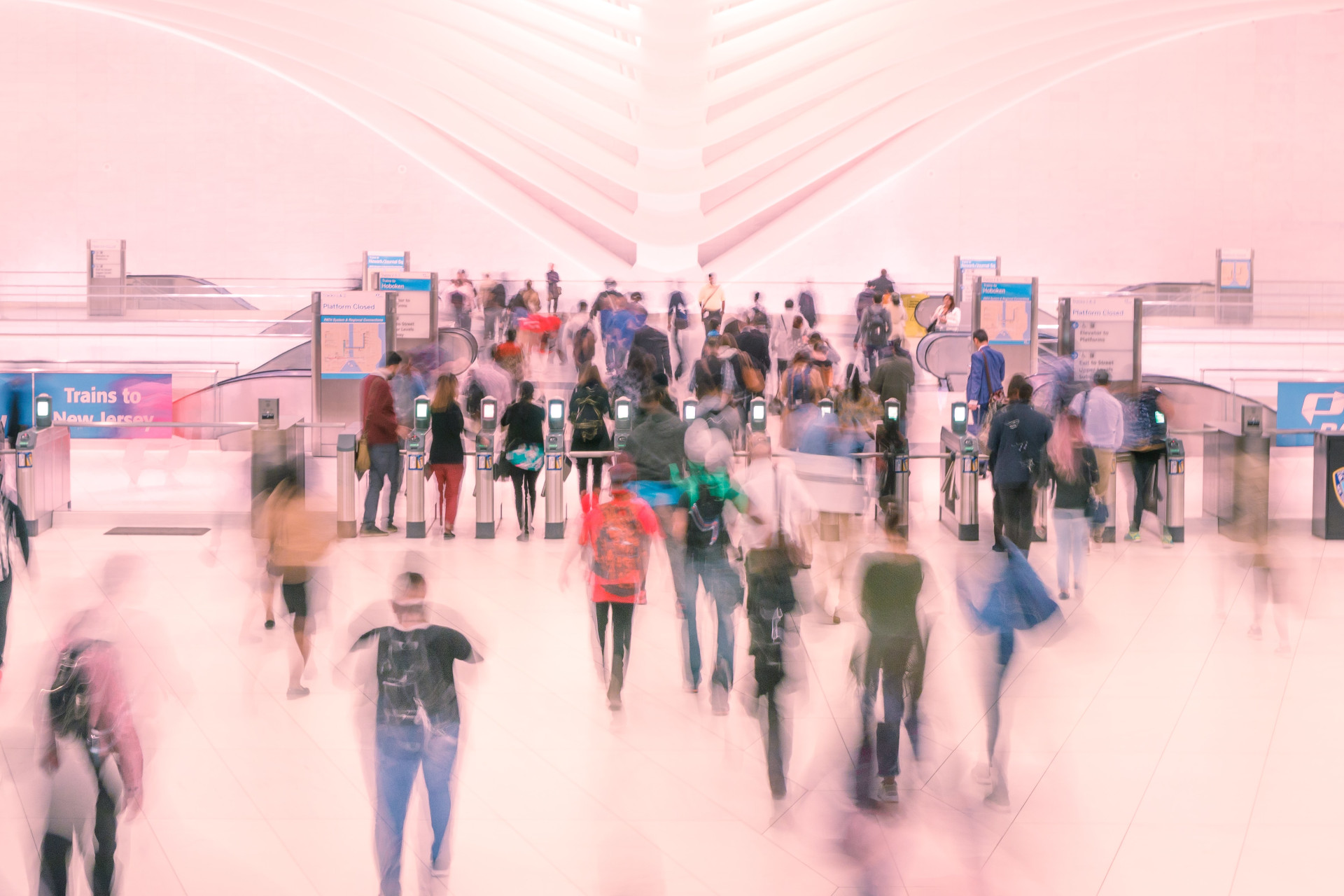
How to Guarantee a Seamless Mobility Chain to Users with Disabilities?
Whether you are a subway network operator, an architect, a roadway manager or a museum director, guaranteeing a seamless mobility chain to your users isn’t the conundrum you’d expect.
Having an accessible and uninterrupted mobility chain enables people with disabilities to remain autonomous during their trips. A visually impaired person needs to be able, among other things, to find the subway station, go to the platform and make their connection by themself. The same applies to a wheelchair user. The curbs need to be lowered so that they can enjoy the city without any difficulties.
There’s a whole range of solutions that can guarantee people with disabilities, regardless of their profile, a real autonomy.
In this article, we’ll explain to you all the links that constitute the mobility chain so that you can set up easy devices for the benefit of your users!
A continuous mobility chain: a major issue
For people with disabilities, getting around can prove to be a major challenge. Any obstacles or barriers on their way can prevent them from getting around in a spontaneous way and therefore damages their autonomy, ruining, to a certain extent, their everyday lives. That’s where the mobility chain takes place.
The mobility chain can be summed up through these various stages:
1. Preparing your trip;
2. Using sidewalks and pedestrian crossings;
3. Using public transportation;
4. Coming up to the building and locating the main entrance;
5. Locating the adapted path to reach the chosen service;
6. Using horizontal and vertical circulations;
7. Reaching the chosen service, communicating with the staff;
8. Locating the adapted path to leave and exit the building.
We can see that the mobility chain forms part of accessibility. It truly is essential for people with disabilities since a continuous mobility chain enables them to move around more freely. Not having to ask someone for help when there are existing solutions so that they can manage by themselves turns out to be primordial for them.
A mobility chain is efficient when all of its links are connected to each other so that users can have a smooth trip without any obstacles: users go from point A to reach point C. Consequently, point B needs to be able to link A and C together. There can be many possible combinations in just one place. This is particularly striking with multimodal transit hubs such as a bus station with access to bus platforms, train platforms, information desk, city public transport… All the possible destinations need to be taken into account in order for the mobility chain to be covered in full. Every link has a role to play and if there’s one that’s broken, it’s the whole mobility chain that’s paralyzed.
On a larger scale, an optimal mobility chain helps build an inclusive and supportive city. A true challenge for a Smart City that has to welcome everybody including people with disabilities. But cities all over the world keep innovating to provide their citizens with safe and efficient mobility options. This happens to be the case with MaaS, a Finnish mobility transport platform, that facilitates the lives of both users and urban designers.
What are the solutions to implement for a seamless mobility chain?
Being a hotel or shop manager, nothing is more rewarding than a satisfied customer. Because obviously, a customer who had a good experience in your establishment is likely to come back and tell others about it. Whatever your establishment may be, public or private, taking into account the needs of your customers or visitors with disabilities will be beneficial for your activity.
The same applies to cities which are committed in providing their inhabitants and tourists with the best possible experience. Roadways and public transportation have a key role in the image they send back to their users.
The first step consists in checking on the continuity of horizontal and vertical circulations:
⊗ Large doors and pathways;
⊗ Removing steps or offsets;
⊗ Removing upright obstacles;
⊗ Visual and tactile contrasting elements to limit traffic zones;
⊗ Securing stairs;
⊗ Creating alternatives to stairs: ramps or slopes, elevators or escalators.
Here is now a summary of different devices or solutions of equivalent effect that you need to implement to guarantee your users a seamless mobility chain:
For roadways:
⊗ Accessible Pedestrian Signals (APS) such as aBeacon designed by French company Okeenea;
⊗ Tactile ground surface indicators (TGSI);
⊗ Guiding paths;
⊗ Visual information for people with a hearing impairment;
⊗ Lowered curbs for wheelchair users.
Accessible Pedestrian Signals, also known as audible signals, still remain the safest way for blind or visually impaired people to cross the road. They can easily be activated on demand with a remote control or a smartphone thanks to MyMoveo app (available on both Android and iOS).
For public transportation (subway, bus, bus and train stations):
⊗ Audio beacons like NAVIGUEO+ HIFI;
⊗ Secured stairs: handrails and contrasting non-slip stairs;
⊗ Guide paths;
⊗ Visible, readable and easily understandable signage: pictograms and Braille;
⊗ Visual information for people with a hearing impairment;
⊗ Removable access ramps on buses;
⊗ Indoor wayfinding apps like Evelity: New York City subway chose Okeenea’s app for a test in real conditions.
To activate audio beacons on demand, people with a visual impairment use the same devices than those used for Accessible Pedestrian Signals. Quite convenient!
For public venues:
⊗ Parking spaces for people with reduced mobility, including wheelchair users;
⊗ Audio beacons;
⊗ Amplification systems or induction loop systems;
⊗ Secured stairs: handrails and contrasting non-slip stairs;
⊗ Elevators or escalators;
⊗ Visible, readable and easily understandable signage: pictograms and Braille;
⊗ Indoor wayfinding apps like Evelity: Luma Foundation in Arles, France chose Evelity for its visitors.
In a building such as a museum, metres and metres of guide paths can distort the architecture and the design of a place. An innovative solution like Evelity is particularly relevant! It fits in all types of places and buildings and provides a tailor-made experience to its users, whatever their profile may be.
No matter what activity you’re in, the training of your staff happens to be a true asset regarding the satisfaction of people with disabilities’ needs. They could thus benefit from a good experience and would be more likely to come back to your place or use public transport again.
Setting up these devices, you’ll guarantee your users with disabilities a continuous mobility chain. Being able to get around in a spontaneous, safe and autonomous way makes a difference for people with disabilities!
Would you like to know more about accessibility? Find out more articles to learn all the good practices that other cities have already implemented:
How Can Shopping Malls Be Accessible to People with Disabilities?
How to Help People with Disabilities Get a Better Experience on the Subway?
Public Transport Information Accessibility: 5 Solutions for Deaf or Hard of Hearing Users
media
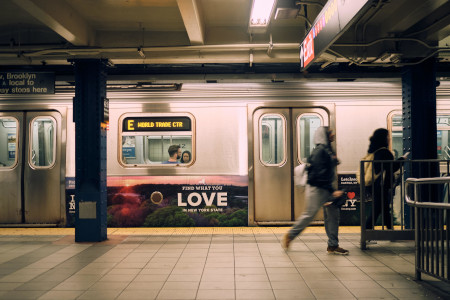
A mobility chain is efficient when all of its links are connected to each other so that users can have a smooth trip without any obstacles: users go from point A to reach point C.
writer

Carole Martinez
Content Manager
stay updated
Get the latest news about accessibility and the Smart City.
other articles for you

Open Data Is Key to Fostering Universal Accessibility
Open data represents an opportunity for cities to reach universal accessibility. It shows the missing links of the mobility chain.
Our Audio Beacons Guide the Blind and Visually Impaired at the Helsinki Subway
The Helsinky subway improved their audio signage system by installing on demand and remotely activated audio beacons.
7 Good Reasons to Install Audio Beacons at Your Public Transport Network
Audio beacons are an efficient way to provide more autonomy to blind and visually impaired people. They can easily use public transport.

Will Remote Activation Become the Norm for Accessible Pedestrian Signals?
More and more cities like New York have been exploring remote activation to trigger accessible pedestrian signals.
share our article!
more articles

Disability Statistics in the US: Looking Beyond Figures for an Accessible and Inclusive Society
Disability Statistics in the US: Looking Beyond Figures for an Accessible and Inclusive Society Around 61 million adults in the United States live with a disability. Diving into disability statistics in the US will help us know exactly who is concerned and what...
Our Audio Beacons Guide the Blind and Visually Impaired at the Helsinki Subway
Our Audio Beacons Guide the Blind and Visually Impaired at the Helsinki SubwayOur audio beacons equip the new line of the Helsinki subway in Finland. They help blind and visually impaired people locate the points of interest of a station. For users with visual...

Will Remote Activation Become the Norm for Accessible Pedestrian Signals?
Will Remote Activation Become the Norm for Accessible Pedestrian Signals?Without pushbutton, there are no accessible pedestrian signals. That’s how APS work in the U.S. But more and more cities have been exploring remote activation like New York City. The Department...

Hearing Impaired People: a Multitude of Profiles for Different Needs
Hearing Impaired People: a Multitude of Profiles for Different Needs Did you know that hearing impaired people have several profiles and that the way they identify themselves is important? You may be familiar with deaf and hard of hearing people but for each of...
NEVER miss the latest news about the Smart City.
Sign up now for our newsletter.
Unsubscribe in one click. The information collected is confidential and kept safe.
powered by okeenea
The French leading company
on the accessibility market.
For more than 25 years, we have been developing architectural access solutions for buildings and streets. Everyday, we rethink today’s cities to transform them in smart cities accessible to everyone.
By creating solutions ever more tailored to the needs of people with disabilities, we push the limits, constantly improve the urban life and make the cities more enjoyable for the growing majority.




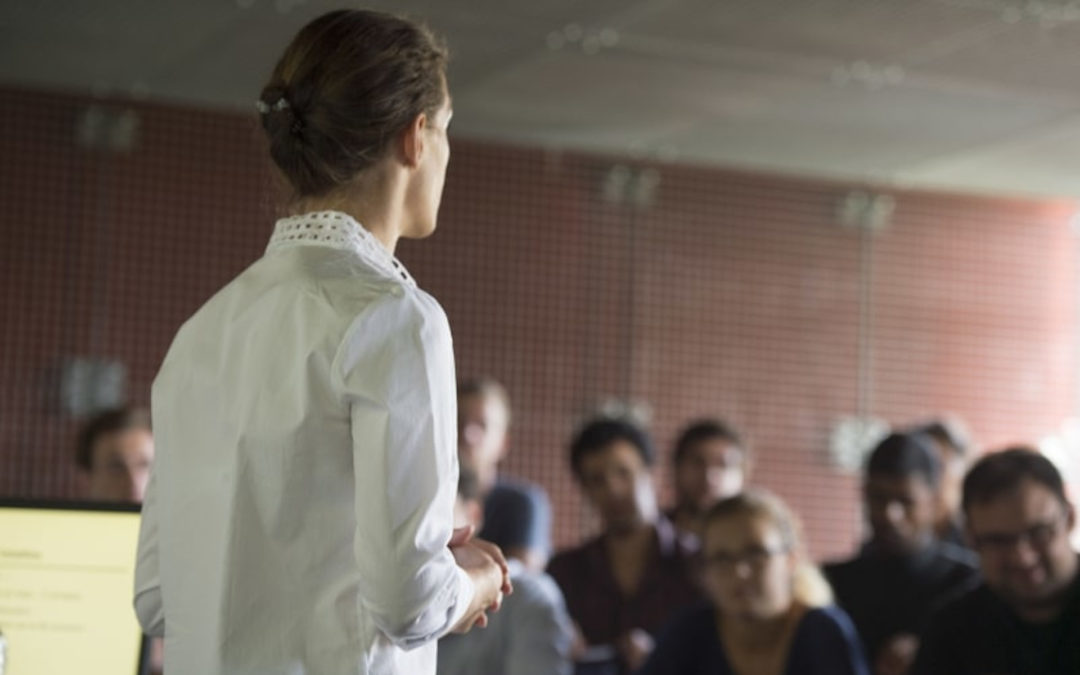


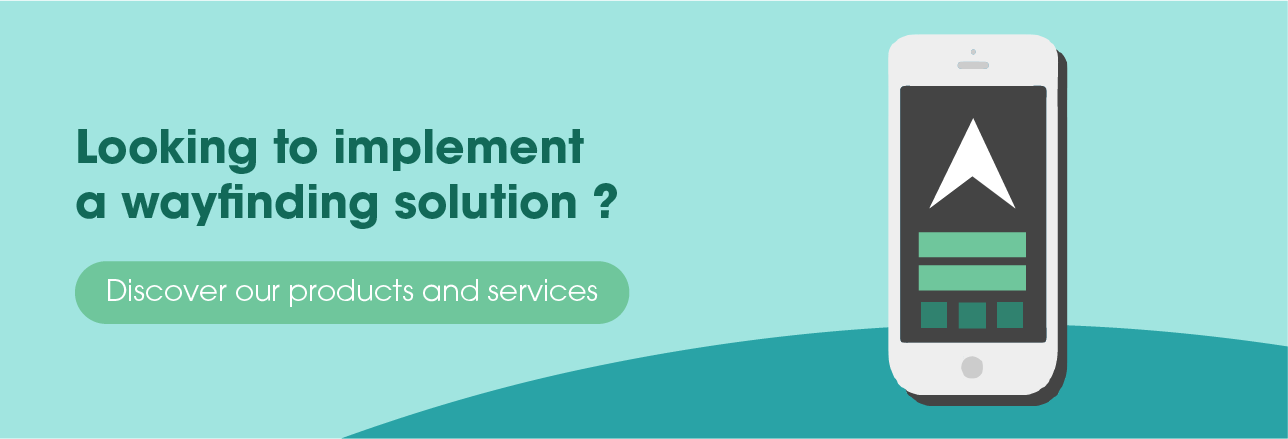
Recent Comments